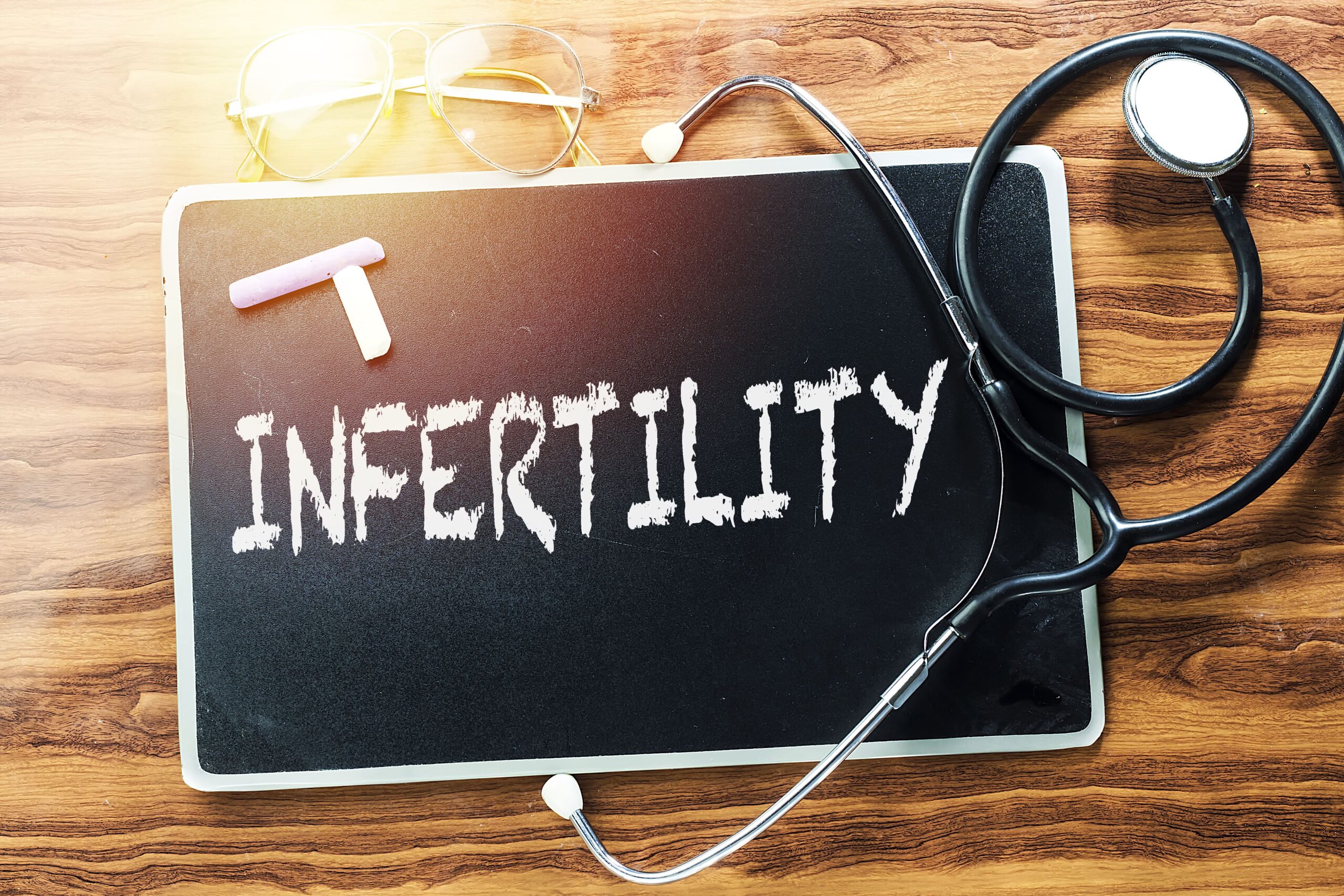Infertility can be one of life’s most emotional and frustrating experiences. For many couples, tubal damage or male factor infertility are among the most common barriers to conception. Fortunately, modern medicine offers hope through assisted reproductive technology (ART) — especially in vitro fertilization (IVF) and advanced techniques like ICSI (Intracytoplasmic Sperm Injection).
At a trusted fertility clinic such as Fertilite Center, every couple receives a personalized plan designed to restore their path to parenthood. This article explores the causes, treatments, and breakthroughs that help resolve even complex fertility challenges — including IVF after tubal ligation, IVF after ectopic pregnancy, and male infertility solutions.
Understanding the IVF Process Step-by-Step
Before starting any treatment, it’s essential to understand how IVF works. The process involves several precise stages, all carefully managed by a fertility specialist:
- Fertility Consultation and Diagnosis – Your fertility journey begins with a detailed consultation. Bloodwork, hormone analysis, ultrasound, and semen testing help your doctor identify the cause of infertility and design a personalized treatment plan.
- Ovarian Stimulation – Medications are used to stimulate the ovaries to produce multiple mature eggs. This increases your chances of a successful fertilization.
- Egg Retrieval – Once follicles are ready, eggs are gently retrieved using a short, minimally invasive procedure.
- Fertilization and Embryo Culture – In the laboratory, eggs are combined with sperm. When needed, the ICSI procedure allows a single sperm to be injected directly into the egg — an excellent option for couples facing male infertility.
- Embryo Transfer – A few days later, one or more healthy embryos are transferred into the uterus using a soft catheter.
- Luteal Support and Pregnancy Test – Hormonal support continues after transfer to encourage implantation. A pregnancy test follows about two weeks later.
Each stage plays a vital role in achieving successful outcomes, and your medical team provides guidance and emotional support throughout your fertility journey.
Tubal Damage and Infertility: Surgery vs. IVF
Understanding Tubal Damage
Blocked or damaged fallopian tubes are a common cause of female infertility. This can result from infections, endometriosis, pelvic surgery, or a previous ectopic pregnancy. When tubes are scarred or blocked, the egg and sperm cannot meet naturally — making conception impossible without medical help.
Why IVF Is Often the Best Solution
In severe cases, IVF offers a more reliable path to pregnancy. During IVF, eggs are retrieved directly from the ovaries and fertilized in the lab. The resulting embryo is then transferred into the uterus, bypassing the fallopian tubes entirely.
For women who’ve undergone tubal ligation (sterilization), IVF after tubal ligation is often more effective and faster than reversal surgery. It eliminates surgical risks, avoids further scarring, and provides higher success rates — particularly for women over 35.
Limitations of Tubal Surgery
While tubal surgery aims to restore natural conception, it has several drawbacks:
- Unpredictable outcomes: Success rates vary depending on the extent of damage, with a natural pregnancy rate below 20% for severe cases.
- High risk of ectopic pregnancy: After surgery, there is a 10% risk of ectopic pregnancy.
- Delayed conception: Even after a successful surgery, it can take months or years to conceive, making this option less suitable for women over 35.
When is Tubal Surgery Recommended?
Tubal surgery can be considered if:
- The damage is mild or localized.
- The woman is under 35.
- One tube remains functional.
However, for severe damage or prior ectopic pregnancy, IVF remains the safest and most effective choice.
Male Factor Infertility: Understanding and Overcoming Challenges
Assessing Male Infertility
Male infertility accounts for nearly 50% of infertility cases. Common causes include low sperm count, poor motility, or abnormal sperm shape. A semen analysis is the first step toward an accurate infertility diagnosis.
Improving Sperm Quality and Reproductive Health
In mild cases, lifestyle and health improvements can make a big difference. Doctors often recommend:
- Maintaining a balanced diet rich in antioxidants
- Quitting smoking and limiting alcohol
- Managing stress and getting regular exercise
- Avoiding exposure to heat and toxins
These steps support overall reproductive health and help improve sperm quality before fertility treatment.
IVF and ICSI for Male Infertility
When sperm abnormalities are moderate or severe, IVF combined with the ICSI procedure offers the best chance of success. During ICSI, an embryologist injects a single healthy sperm directly into each mature egg.
ICSI procedure success rates are excellent, even when sperm count or motility is low. For men unable to ejaculate naturally, techniques such as TESA (testicular sperm aspiration) can retrieve viable sperm for use in IVF.
IVF After Ectopic Pregnancy or Tubal Ligation
Women who’ve experienced an ectopic pregnancy often face tubal damage or blockage, increasing their risk of recurrence. IVF after ectopic pregnancy minimizes that risk by transferring the embryo directly into the uterus.
Similarly, for those who have had a tubal ligation, IVF offers an opportunity to conceive without undergoing a reversal procedure. Compared to tubal surgery, IVF provides:
- Higher success rates
- Lower risk of complications
- Faster time to conception
This makes IVF the preferred choice for women seeking pregnancy after surgical sterilization.
Causes of IVF Failure and How to Improve Success
Even with the best technology, IVF failure can occur — but understanding why helps doctors refine future treatments.
Common Causes of IVF Failure
- Embryonic issues (chromosomal abnormalities)
- Implantation problems (uterine lining not receptive)
- Poor egg or sperm quality
- Hormonal or immune imbalances
- Timing or technique errors during embryo transfer
How Fertility Clinics Improve IVF Success Rates
Modern fertility centers use advanced tools to identify and address these challenges:
- PGT-A (Preimplantation Genetic Testing for Aneuploidy) helps select chromosomally normal embryos.
- ERA (Endometrial Receptivity Analysis) determines the best time for embryo transfer.
- Hormonal and immune therapies balance the uterine environment.
- Personalized stimulation protocols improve egg quality.
By identifying the causes of IVF failure, fertility clinics can design individualized strategies that increase your chance of success in the next cycle.
Optimizing Reproductive Health Before IVF
Before starting IVF, focusing on your overall health can make a measurable difference. Key steps include:
- Eating a nutrient-dense diet rich in folate, zinc, and omega-3 fatty acids
- Maintaining a healthy weight
- Taking fertility supplements such as CoQ10 and vitamin D
- Managing stress with yoga, mindfulness, or counseling
These steps support overall reproductive health and contribute significantly to sperm quality improvement before fertility treatment. Proper nutrition, supplements like zinc and CoQ10, and healthy habits can enhance sperm motility and morphology, boosting the chances of successful fertilization during IVF or ICSI.
Advances in Assisted Reproductive Technology (ART)
The field of assisted reproductive technology (ART) continues to evolve, offering better precision and success. Modern fertility clinics now utilize:
- AI-based embryo selection to identify the most viable embryos
- Time-lapse imaging for continuous monitoring of embryo development
- Laser-assisted hatching to enhance implantation potential
- Cryopreservation for egg and embryo freezing, preserving fertility for the future.
These breakthroughs make ART safer, more effective, and accessible to couples worldwide.
Managing Emotional Health During the Fertility Journey
Infertility treatment is not just a physical experience — it’s deeply emotional. It’s normal to feel stress, fear, or frustration during IVF. Many fertility clinics, including Fertilite Center, offer emotional support services, counseling, or patient groups to help you cope.
Remember, you are not alone on this journey. Staying connected, informed, and hopeful is a key part of reproductive success.
Choosing the Right Fertility Clinic
Selecting the right fertility clinic can make all the difference. When comparing options, consider:
- The clinic’s success rates for IVF and ICSI
- Availability of modern ART technologies and testing
- The qualifications and experience of the medical team
- Transparent communication and compassionate care
Clinics like Fertilite Center in Tijuana combine advanced technology, personalized treatment plans, and affordable care — guiding each couple through their unique fertility journey with expertise and empathy.
Cost Considerations and Financial Support
Fertility care can be a significant investment, but many clinics offer payment plans, insurance coordination, and cost-effective treatment packages. The overall cost of IVF depends on:
- Medications and stimulation protocols
- Whether ICSI, PGT, or donor services are used
- Number of cycles or frozen embryo transfers
Discuss all financial options during your fertility consultation to plan your treatment with confidence.
Post-Embryo Transfer Care and Early Pregnancy Support
After the embryo transfer, your doctor may recommend:
- Light physical activity and rest
- Continued hormonal support (progesterone, estrogen)
- Stress reduction and emotional balance
Blood tests follow about two weeks later to confirm pregnancy. If successful, your clinic will continue to monitor your progress closely to ensure a healthy start to pregnancy.
Conclusion: Hope Starts Here
Whether you’re facing tubal damage, male infertility, or recovering from an ectopic pregnancy, modern IVF and assisted reproductive technology offer powerful solutions. With expert care, advanced diagnostics, and emotional support, your dream of parenthood can become a reality.
Take the first step today — schedule your fertility consultation at a trusted fertility clinic and begin your journey toward a brighter future.
Frequently Asked Questions
- What is a tubal ligation?
Tubal ligation (often called “getting your tubes tied”) is a surgical procedure that permanently blocks or seals the fallopian tubes to prevent eggs from meeting sperm — making pregnancy highly unlikely.
- Can tubal ligation be reversed?
-Yes, tubal ligation can sometimes be reversed surgically, but IVF is often a more effective and reliable alternative.
- Can I still get pregnant after tubal ligation with IVF?
-Yes! IVF bypasses the fallopian tubes entirely. Eggs are retrieved directly from the ovaries, fertilized in a lab, and embryos are placed into the uterus — so the tubes aren’t needed.
- Do I need to remove my tubes before IVF?
– Not usually. However, if you have hydrosalpinx (fluid-filled blocked tubes), your doctor might recommend removal or clipping before IVF, as the fluid can reduce embryo implantation rates.
- Can I do IVF if my tubes are tied?
-Yes, you can do IVF even if your tubes are tied, since the procedure bypasses the fallopian tubes entirely to achieve pregnancy.
- What is the best age for male fertility?
–The best age for male fertility is typically between 25 and 35 years, when sperm count, motility, and quality are highest. Fertility gradually declines after age 40.
- How long after tubal ligation can I start IVF?
-You can typically begin IVF once you’ve healed from surgery and completed fertility testing — often within a few months.
- What is the cause of male infertility?
-Common causes include low sperm count, poor motility, abnormal sperm shape, hormonal imbalances, varicocele, infections, or lifestyle factors such as smoking and stress.
- How to fix male infertility?
-Male infertility can often be treated by addressing its cause — through medications for hormonal issues, surgery for blockages or varicocele, lifestyle changes, or assisted reproductive techniques like IVF or ICSI. A fertility specialist determines the best option after proper testing.
- Can a male be 100% infertile?
-Yes, a male can be completely infertile if he produces no viable sperm (azoospermia) due to genetic, hormonal, or irreversible testicular damage — though this is relatively rare.
Updated: 27 Oct 2025
Date Created : 30 Oct 2024




